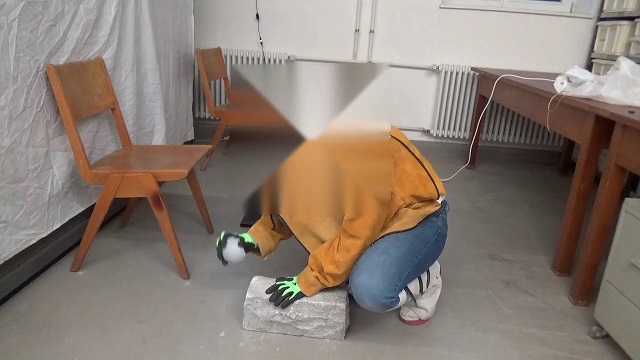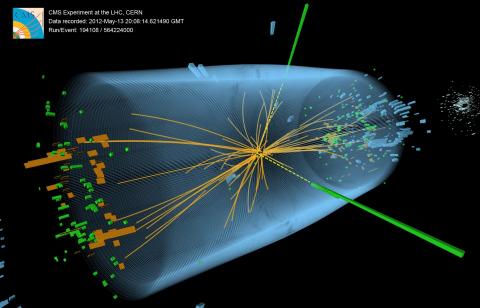Reaction to study claiming that toolmaking does not require cultural transmission in humans
A study published today in the journal Science Advances shows that modern humans do not need cultural transmission to make primitive tools.

Felipe Cuartero - herramientas
Felipe Cuartero Monteagudo
Technician of the Laboratory of Experimental Archaeology and Taphonomy of CENIEH.
This article on the role of learning in the development of ancient carving techniques offers an alternative perspective to previous studies that have placed greater weight on the role of cultural transmission. The methodology of the experiment is approached with a deep reflection on the mechanisms of innovation in problem solving.
However, the cutting nature of glass is well known, and the material is offered to the subjects participating in the experiment to facilitate the production of cutting tools. Therefore, no individual participating in the experiment is exempt from the cultural biases inherent in the technological and cultural heritage of contemporary society, however much they may try to avoid them.
Furthermore, although volcanic glass (obsidian) was carved in some Oldowan technology assemblages, as argued in the discussion, it is neither dominant nor present in the oldest assemblages such as Lomekwi (Kenya, 3.3 million years ago), nor in the case cited in the paper, from Gona (Ethiopia, 2.6 million years ago). In my view, the use of this material cannot be justified, simply for the reason of controlling variables, since other synthetic materials such as ceramic stoneware can more accurately simulate the physical characteristics of volcanic rocks such as trachyte, rhyolite and basalt, and their identification with shear properties is less well known.
Despite this bias in the choice of materials in the experimental approach, it is plausible to assume that the processes of reinvention of a simple technology such as Oldowan did take place on occasion, although the experiment does not, in my opinion, succeed in demonstrating this sufficiently well. Experimentation on the behaviour of present-day individuals simulating past needs and solutions is, in my view, of little relevance. I believe that it is preferable to experiment on carving techniques with precise materials such as the rocks mentioned and on the basis of a broad and quantified record of the use of each technique at each site. Only with this procedure can a good correlation be established between experimentation and archaeological tools and efficiently resolve the question posed in the subject of this work.



